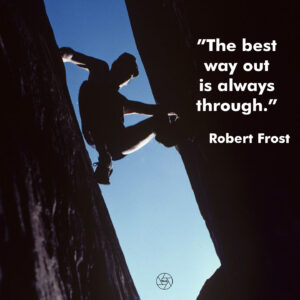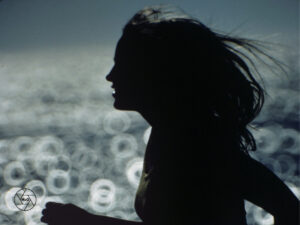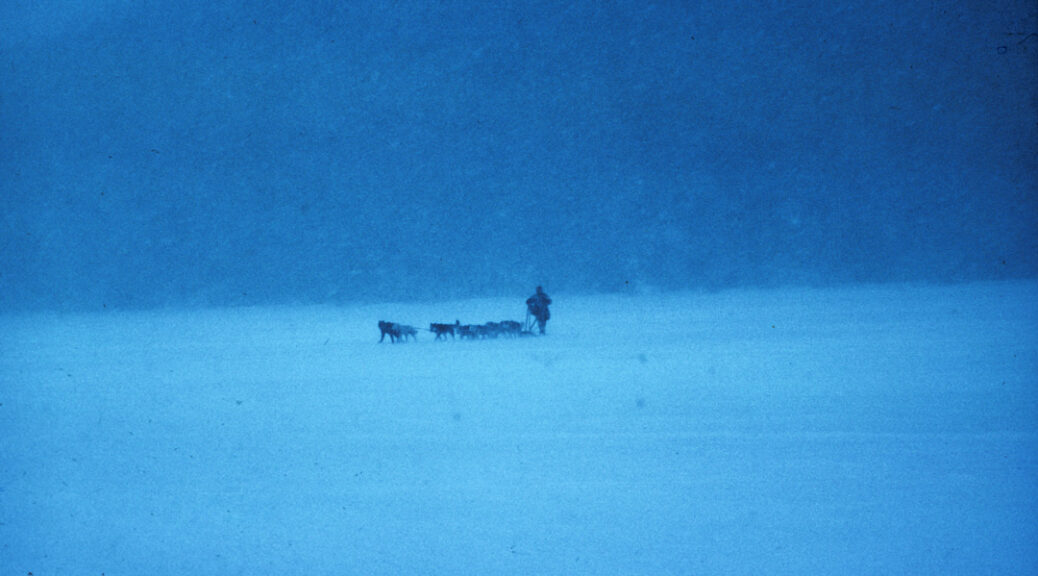
Monthly Archives: January 2023
Outdoor Photography Lighting Technique No. 2

Outdoor Photography Lighting Technique No. 2: Leverage Natural Reflection
In the previous post I discussed reflectors. A key distinction between manipulated reflection, which I call redirection, and ordinary reflection is that the former can be aimed. Simple reflection doesn’t have much versatility, but should never be overlooked as a useful agent. Reflection occurs naturally off any light-colored object, such as sand, snow, water, white walls and the like. The problem is that it seldom reaches the subject in a flattering manner.
So it is up to the photographer to realize it is there in the first place, and then devise a way to harness it. Be sensitive to the fact that whenever a large bright surface is near your subject, there is sure to be reflection. Look for it and then work it into your picture by moving the subject or source around until you can take advantage of it.
In this image, I modified naturally reflecting light from Lake Michigan with a mirror lens.
Outdoor Photography Lighting Technique No. 1
The difference between light and almost the right light, to paraphrase Mark Twain, is like the difference between lightning and a lightning bug.
Unmodified sunlight is always almost right, which is its temptation and its failure. Yes, most outdoor photographers still use daylight as-is, never considering how easy it is to bend it, dial its intensity up or down, change its color temperature, extract selected light waves from it, diffuse or focus it, change or reverse its direction, mix it with other light sources, bypass it or enhance it. All this and more can be accomplished by either supplementing or screening the light with simple outdoor photography lighting techniques. Skillfully used, sunlight can be as flexible as studio light. Often these techniques provide that one extra bold stroke that is necessary for the quantum leap from ordinary to excellent action shots.
Outdoor Photography Lighting Technique No. 1: Redirect Light
Redirecting sunlight with a reflector is one of the more effective ways to change the quality of sunlight. For instance, suppose your subject is backlit with little detail showing on the facing side. You could expose for the shadows, but at best that gives you lousy contrast, but retains background density as well.
Several types of reflectors can be used with a variety of effects. Large white reflectors absorb some light and reflect some, thus balancing the light distribution more evenly between the subject and its surroundings. There are some excellent reflectors that collapse to a compact size for the outdoor sports photographer manufactured by Neewer, Etekcity, and Selens. These companies also sell clips to attach the reflectors to your tripod. Manfrotto and Godox make combination reflectors, which include silver, gold, and black (no) reflectance, as well as white. Dean Collins, “Master of Lighting,” offers plans for making your own. Dean Collins’ YouTube videos are master classes in lighting and well worth watching. For the budget conscious, a reflector can be made out of PVC pipe, using large sheets. Or you can use foam-core board normally used as picture backing, found in frame shops, also work well, are light to transport and are inexpensive. In practice, almost any large white surface on hand will suffice. The only requirement is that the board must be used as close to the subject as possible without showing in the frame.
Silver reflectors return more light and offer several advantages. For one, they are more effective at greater distances from the subject. They also provide a sharper light source, which results in greater contrast and detail. In fact, the intensity of the light can even be increased by concentrating it on a specific area, thus allowing underexposure of the background-a powerful tool at your disposal. This technique can be used to separate the subject from its background, shift emphasis in the picture, erase busy background detail, highlight a selective area and for countless other refinements
.
Various substitutes can be used, ranging from window glass, stainless steel, more mirrors that concentrate light enough to spot-focus it. What makes silver reflectors particularly easy to work with is that you can see further results and monitor them visually, making adjustments until you are satisfied. Occasionally I use my gold reflector, especially in warm afternoon light, but the results are less easy to monitor.
Manufacturers mentioned that make reflectors include Neewer (neewer.com) and Etekcity (etekcity.com). Selens makes a collapsible silver reflector that can be purchased through Amazon. Although collapsible reflectors are handy, I more often use my umbrella-style 33″ reflector. I just feel it gives me more control over redirecting light. And it slides into the same nylon sack as my tripod and is no extra trouble to carry.
Winter Film Photography
When winter rolls in, most cameras go up on the shelf. The ones that do venture out meet with a pretty high casualty rate in both equipment failure and film results. When temperatures stay above zero degrees, things run near to normal. Below zero, things begin to pop and crackle. Film speed slows down causing underexposure, shutter curtains contract and function slowly causing overexposure, light-meter batteries wear down rapidly and don’t deliver proper readings—or quit altogether. Films produce static electricity when advanced and this mini-lightning streaks the film, or worse, the film base becomes brittle and breaks inside the camera. Lenses fog up inside and outside then the fog freezes on the lens. Controls on the body contract and are too tight to move, and if that isn’t enough, I once froze my nose to the back of a camera! I had to go inside to thaw it off.
The first step is to purchase a well-designed manual camera, like the Nikon F (vintage, admittedly, but plastic parts won’t hold up). Then leave the camera either inside or outside: don’t take it in and out repeatedly. If you are traveling outside, you can keep it relatively warm by wearing it under several layers of clothing. You don’t want to get it too close to your body, which stays close to 98 degrees, or your own body moisture will cause condensation.
When you load, actuate the advance several times to loosen it, then turn the film slowly to minimize the chance of static electricity or breakage. Keep film in a pocket before loading. Wear nylon gloves inside heavier mittens and leave the nylons on while operating the camera. Install a “soft” shutter release to facilitate operation with gloves or mittens. Use alkaline batteries. Many light meters currently are using PX 13 cells. These should be replaced with PX 625s, which your dealer will tell you are identical. Don’t believe him; insist on the 625s.
Even if all goes well, you may still end up with gray snow. The explanation is simple. Your light meter is constantly striving to balance the light according to an imaginary gray card. Therefore, when all that shows is white, the meter thinks “Let’s make all this gray like it should be,” and underexposes. Correction for this involves experimentation as it varies according to the amount of sunlight hitting the area. Usually one half to one stop over is sufficient.
If there is to be extended use in extreme conditions, you may want to winterize the camera. This involves disassembling the entire unit and re-assembling with a thinner lubricant or none at all. It is a very time-consuming job and quite expensive, and the camera should not be used in warm weather again until you reverse the process. Typical uses of such treatment have been on expeditions to the Himalayas or Antarctica. Whenever a camera is subjected to such injustices and maltreatment, it should be coddled and cossetted with a little TLC.


